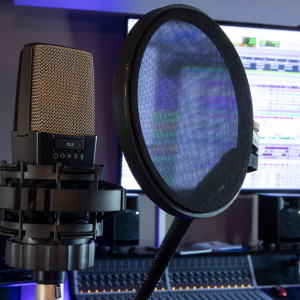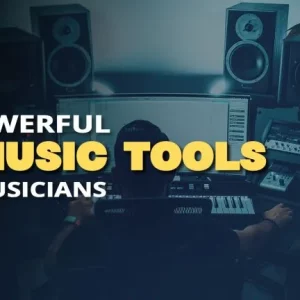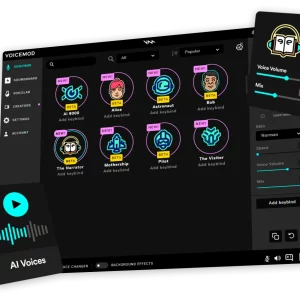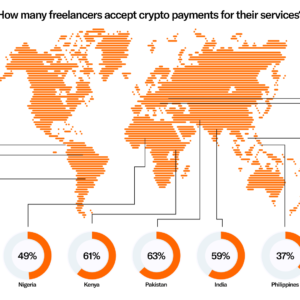
The human mind readily perceives the world in three dimensions, from the towering mountains to the intricate curves of a leaf. But for decades, our digital creations remained largely confined to the flat confines of 2D screens. However, the tides are turning. With the rapid advancement of technology, the once-fantastical notion of transforming 2D images into immersive 3D experiences is becoming a reality.
This article delves into the fascinating world of 2D-to-3D conversion, exploring the various techniques and tools available, and delving into the exciting possibilities they unlock.
Understanding the Challenges:
Converting a 2D image into a 3D scene is no simple feat. Unlike a photograph, which captures light bouncing off real-world objects, a 2D image lacks essential depth information. This missing dimension poses a significant challenge for computers trying to understand and reconstruct the scene.
Building the Bridge:
Despite the challenges, a plethora of sophisticated techniques are paving the way for accurate and compelling 2D-to-3D conversion. Here are some prominent methods:
- Depth Estimation: Using advanced algorithms, AI models can analyze texture, shading, and perspective cues within the 2D image to infer depth information. This estimated depth map then serves as the foundation for constructing the 3D scene.
- Shape from Silhouette: This technique leverages the silhouette of an object in the 2D image to create a basic 3D mesh. While simple, it can effectively render basic shapes and forms.
- Stereo Matching: Drawing inspiration from human binocular vision, this method compares slightly offset versions of the 2D image to calculate depth based on disparities in corresponding pixels.
- Neural Networks: Deep learning powered by neural networks is rapidly advancing the field. By analyzing vast datasets of 2D images and corresponding 3D models, these networks can learn to infer depth and automatically generate plausible 3D reconstructions.
Tools for Every Need:
Several software tools cater to varying levels of expertise and project requirements. Here’s a glimpse into the diverse landscape:
- Automatic Tools: Platforms like Meshroom and NVIDIA’s Instant NeRF are ideal for beginners, offering automated processing and user-friendly interfaces.
- Professional Software: Tools like ZBrush and Maya provide advanced sculpting and modeling capabilities for experienced users seeking meticulous control and customization.
- Open-Source Solutions: Projects like PyTorch3D and Blender offer powerful functionalities with the accessibility of open-source licenses.
Unveiling the Possibilities:
The applications of 2D-to-3D conversion extend far beyond mere novelty. This technology unlocks transformative possibilities across various fields:
- Architecture and Design: Architects can convert 2D blueprints into interactive 3D models for immersive visualization and collaborative design.
- Film and Entertainment: Bringing static concept art to life, 2D-to-3D can revolutionize pre-production and storytelling techniques.
- Education and Healthcare: Interactive 3D models can enhance medical visualizations and create engaging educational experiences.
- E-commerce and Retail: Transforming product images into 3D models allows customers to virtually interact with products, boosting online sales and brand engagement.
Navigating the Future:
While significant strides have been made, the journey towards seamless 2D-to-3D conversion is ongoing. Ongoing research focuses on refining depth estimation algorithms, improving robustness to image complexities, and integrating advanced physics simulations for realistic behavior in the 3D world.
Embracing the Transformation:
As 2D-to-3D technology matures, it holds immense potential to reshape our digital interactions and experiences. For creators, the ability to breathe life into 2D concepts opens exciting avenues for storytelling, design, and innovation. For users, the prospect of interacting with immersive 3D worlds promises richer and more engaging experiences across various domains. As we bridge the dimension gap, one pixel at a time, the lines between the digital and physical realms are poised to blur, ushering in a new era of creative possibilities.
Stay Curious, Stay Informed:
- To stay ahead of the curve, keep yourself updated on the latest advancements in 2D-to-3D conversion. Participate in online communities, attend industry conferences, and explore the ever-evolving landscape of tools and resources.
- Experiment and practice! The more you explore different techniques and software, the deeper your understanding and the greater your ability to leverage this powerful technology.
- Remember, this is a collaborative journey. Share your creations, ideas, and challenges with the community. Through collective exploration and innovation, we can push the boundaries of what’s possible and unlock the full potential of bridging the dimension gap.





